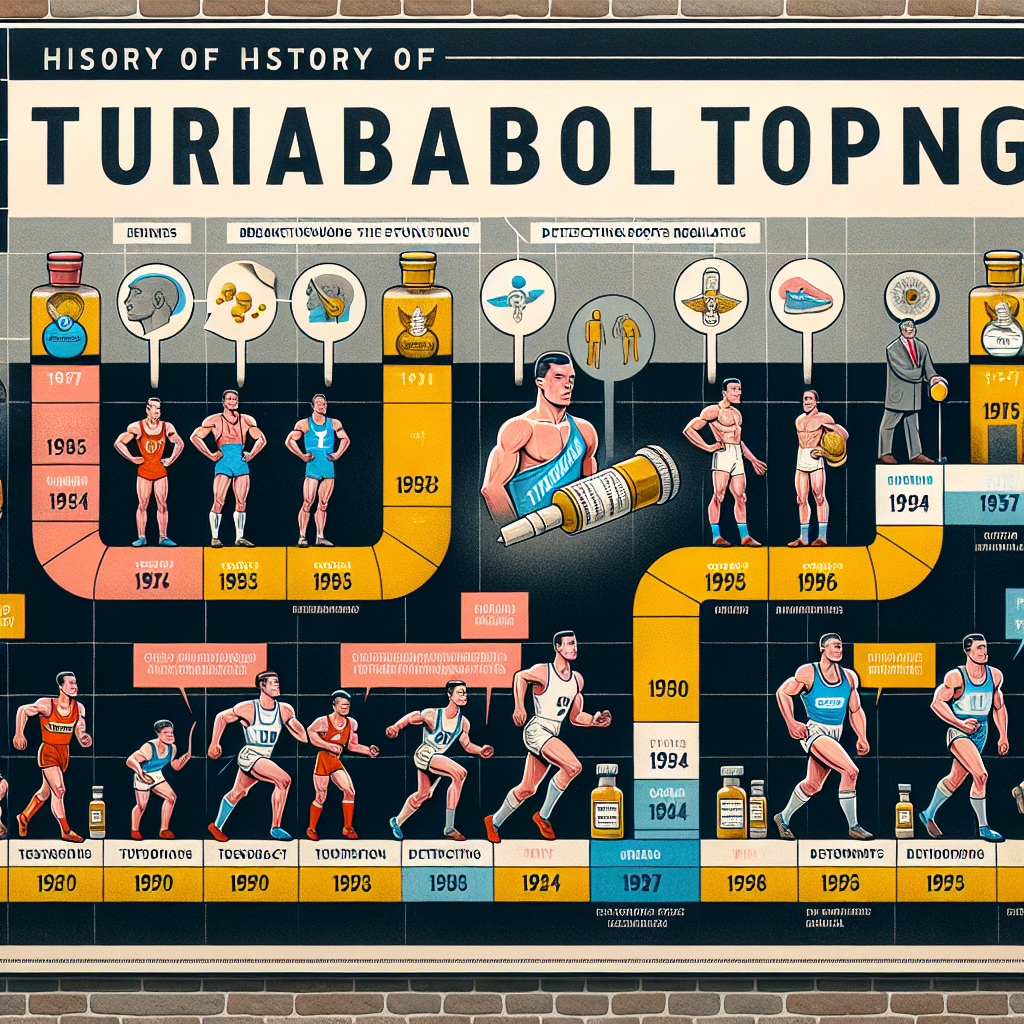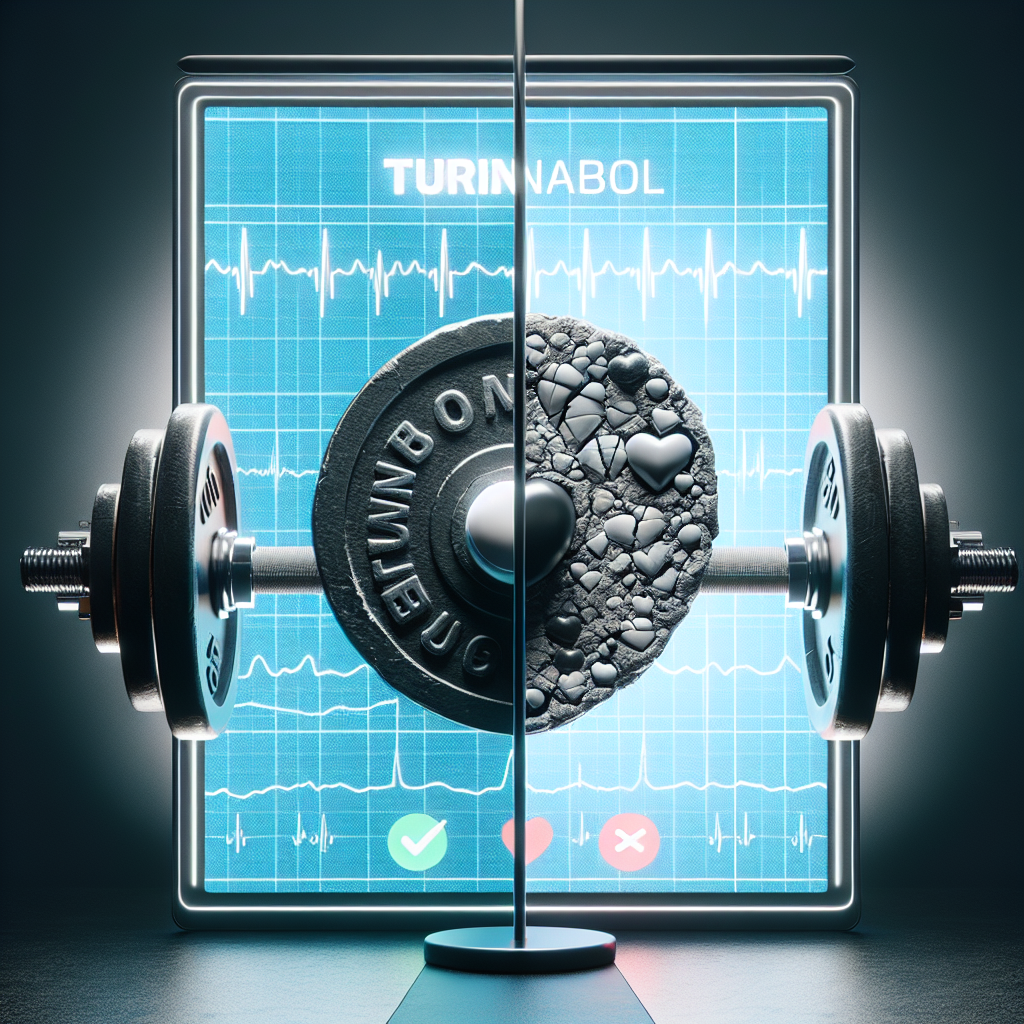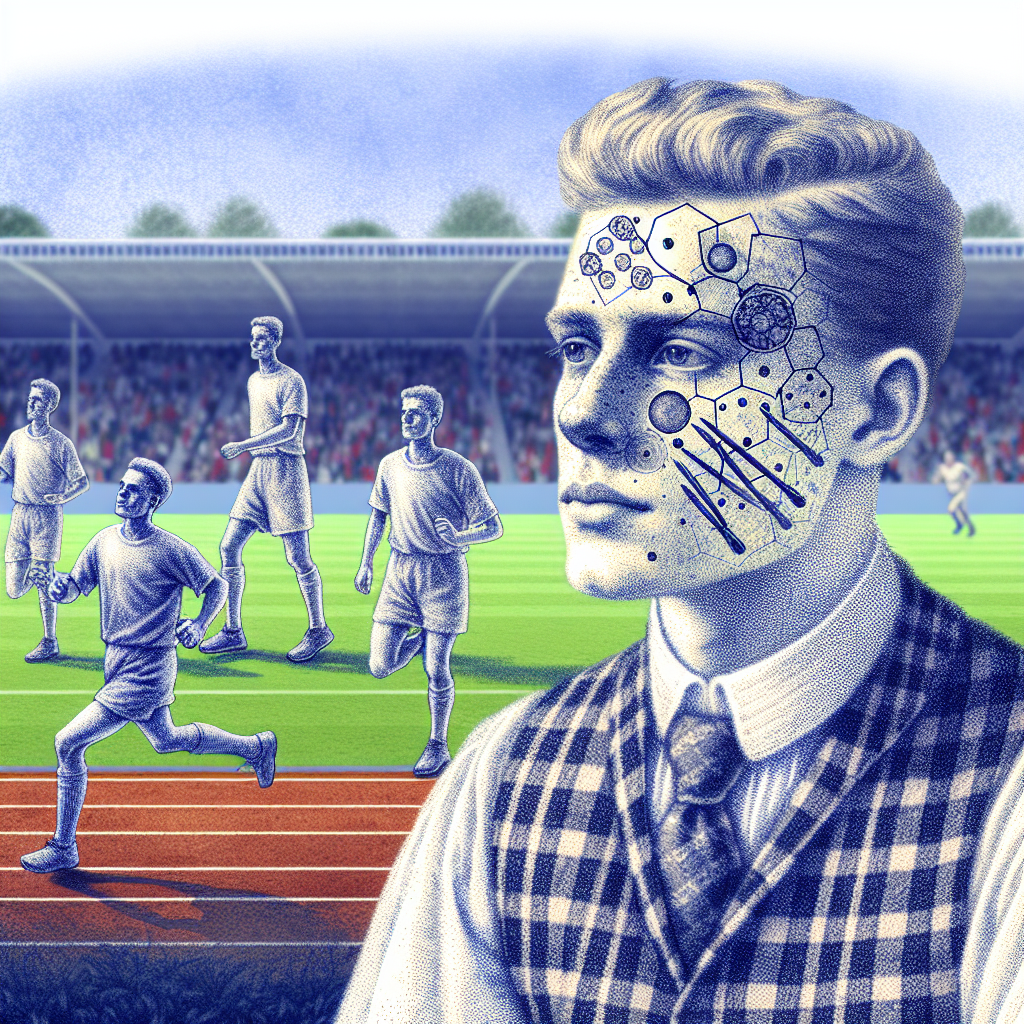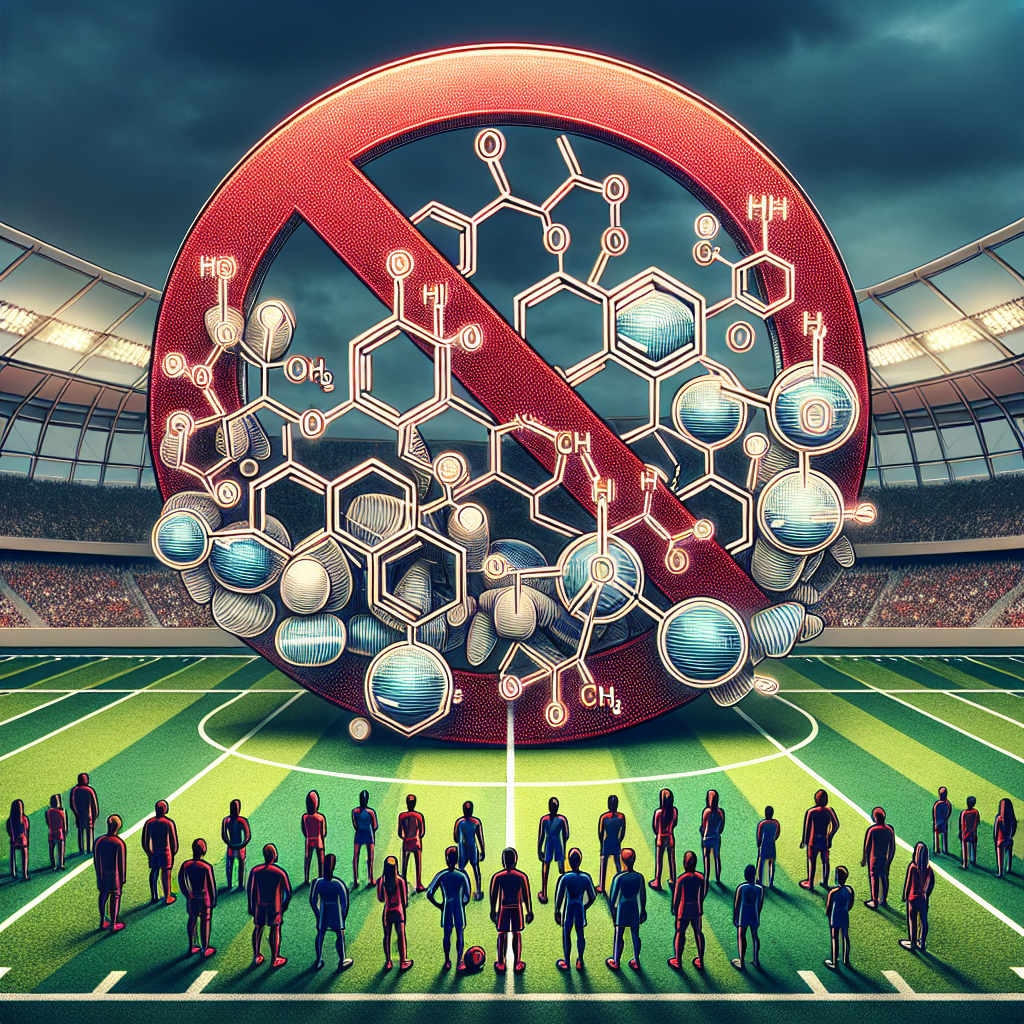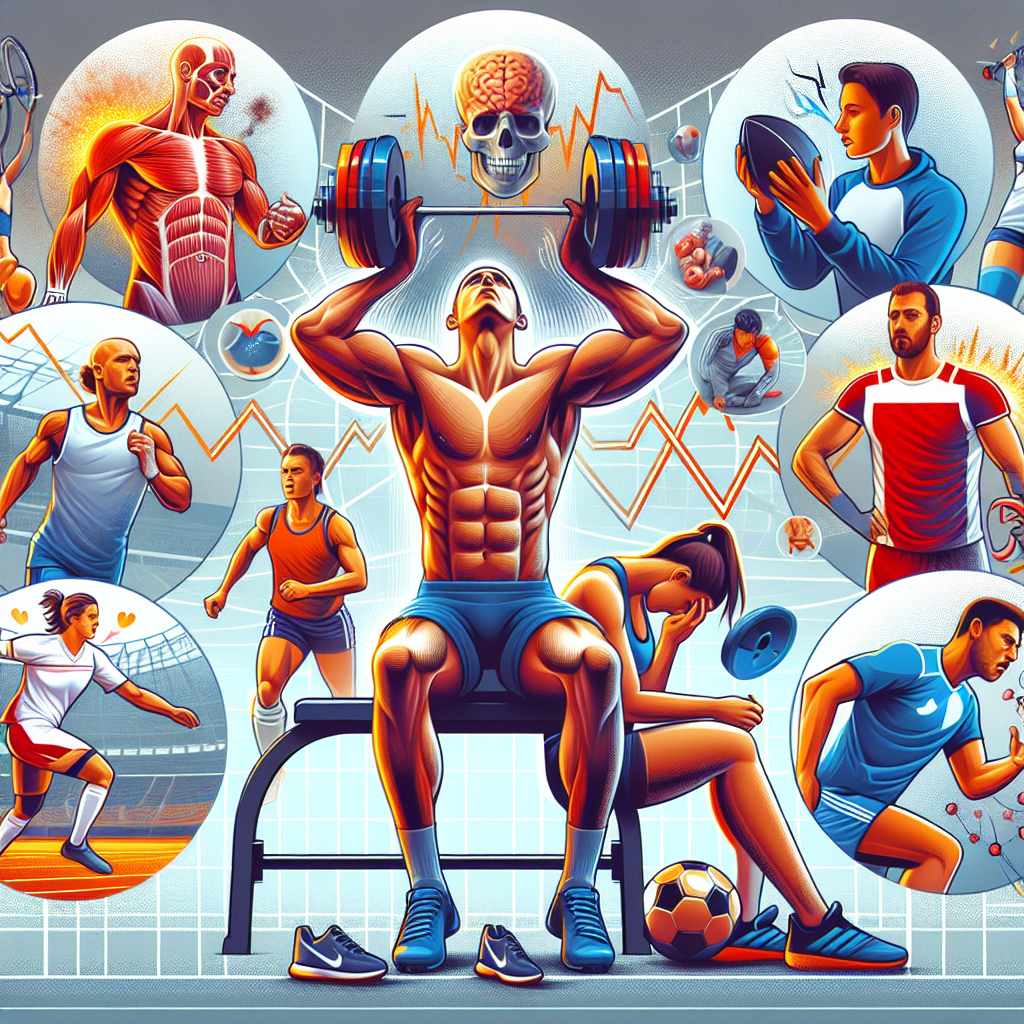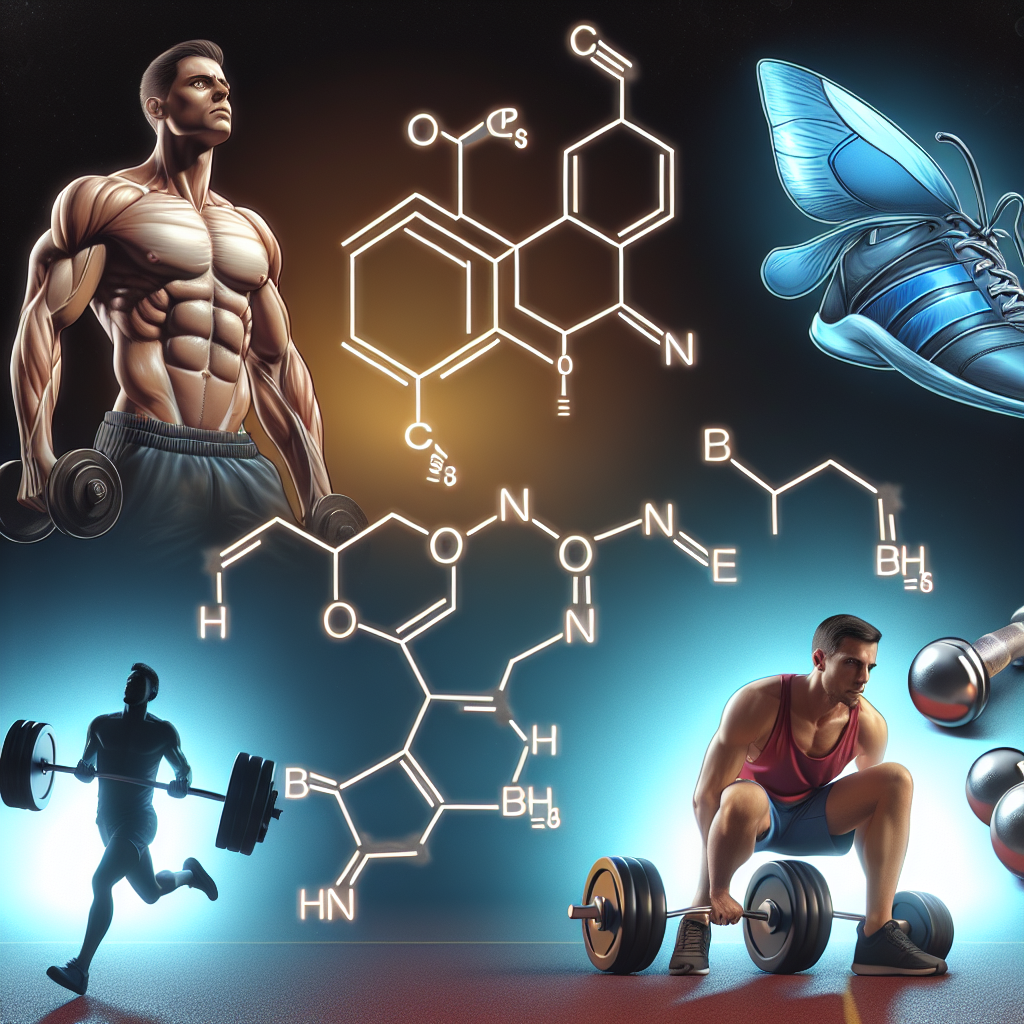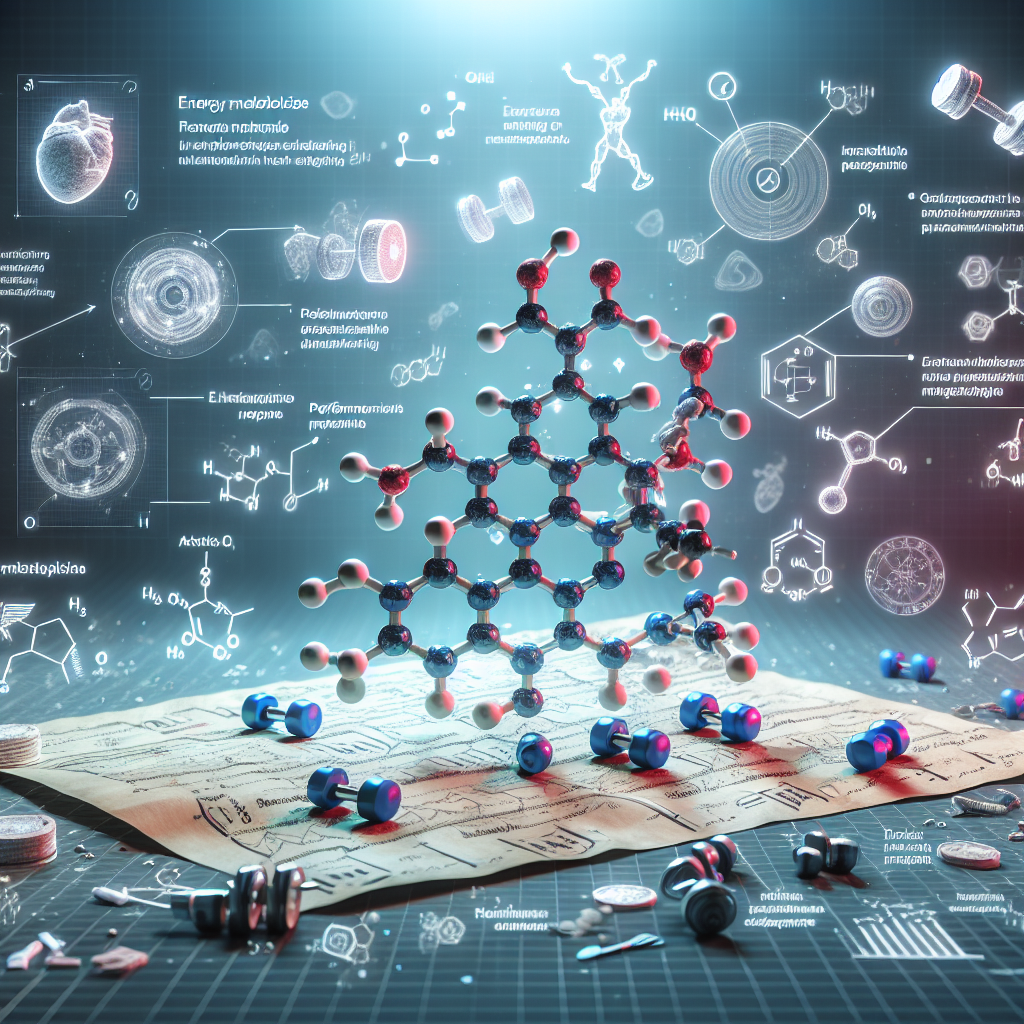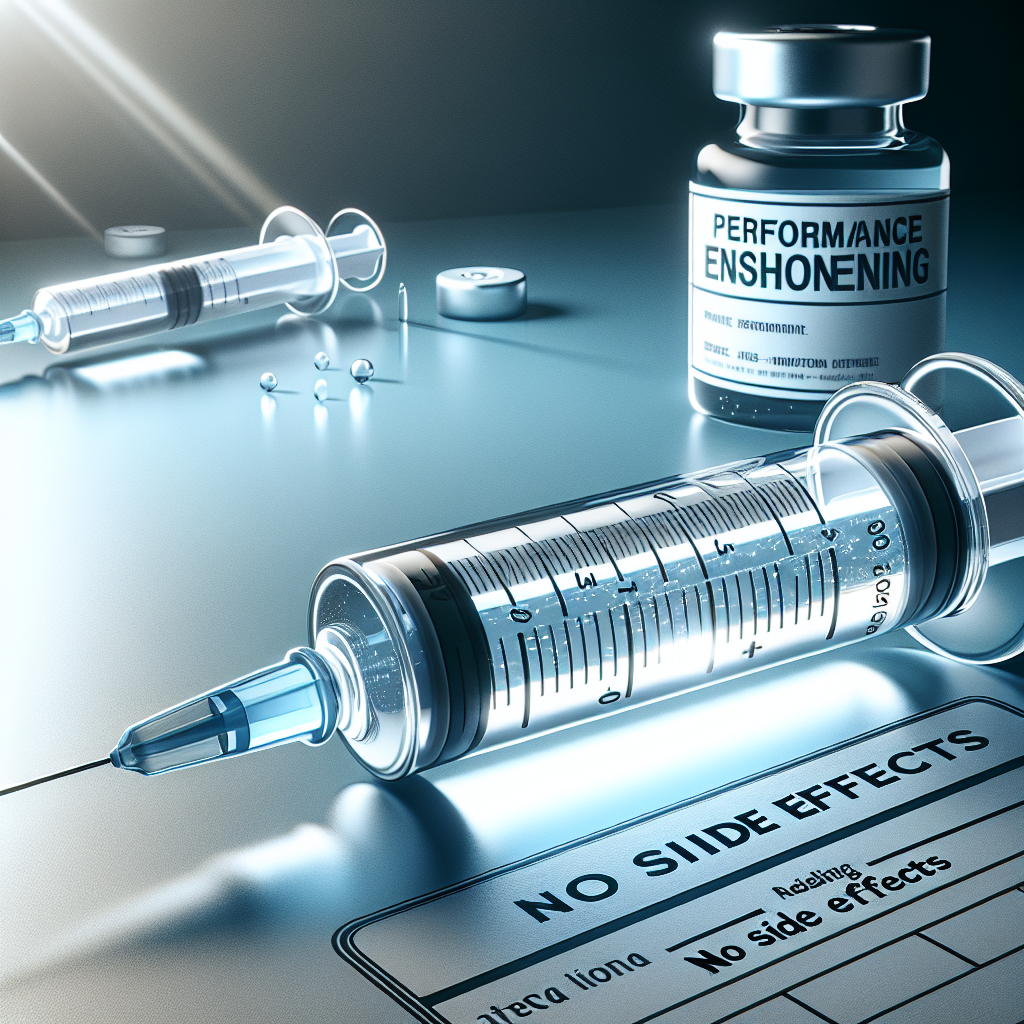-
Table of Contents
The History of Turinabol in Sports Doping
Turinabol, also known as 4-chlorodehydromethyltestosterone, is a synthetic anabolic-androgenic steroid that was first developed in the 1960s by East German scientists. It was initially used for medical purposes, such as treating muscle wasting diseases and osteoporosis, but it quickly gained popularity in the world of sports as a performance-enhancing drug. In this article, we will explore the history of turinabol in sports doping, its effects on athletes, and the current regulations surrounding its use.
The Rise of Turinabol in Sports
In the 1970s and 1980s, East Germany was known for its state-sponsored doping program, which aimed to enhance the performance of their athletes in international competitions. Turinabol was a key component of this program, as it was believed to provide significant muscle mass and strength gains without the same level of androgenic side effects as other steroids.
Athletes from various sports, including track and field, weightlifting, and swimming, were given turinabol as part of their training regimen. This led to a dominance of East German athletes in international competitions, with many breaking world records and winning multiple medals.
However, the use of turinabol and other performance-enhancing drugs was not limited to East Germany. It soon spread to other countries, with athletes from the Soviet Union, Bulgaria, and other Eastern European countries also using turinabol to gain a competitive edge.
The Effects of Turinabol on Athletes
Turinabol is a modified form of testosterone, with an added chlorine atom at the fourth carbon position. This modification makes it more resistant to metabolism and increases its anabolic properties, making it a potent performance-enhancing drug.
When taken in high doses, turinabol can lead to significant muscle mass and strength gains, as well as improved endurance and recovery. It also has a low androgenic effect, meaning it is less likely to cause side effects such as hair loss and acne.
However, like all anabolic steroids, turinabol also has potential side effects, including liver damage, cardiovascular issues, and hormonal imbalances. These risks are increased when the drug is taken in high doses or for prolonged periods.
Regulations and Detection of Turinabol
In the 1980s, the use of performance-enhancing drugs, including turinabol, became a major concern in the world of sports. As a result, various organizations, such as the International Olympic Committee (IOC) and the World Anti-Doping Agency (WADA), implemented strict regulations and testing protocols to detect the use of these substances.
Turinabol was added to the list of banned substances by the IOC in 1989, and it remains on the list to this day. WADA also has strict testing protocols in place to detect the use of turinabol, with urine and blood samples being analyzed for metabolites of the drug.
However, despite these regulations and testing protocols, turinabol continues to be used by athletes, with some even resorting to using designer steroids that are not yet detectable by current testing methods.
The Future of Turinabol in Sports Doping
As technology and testing methods continue to advance, it is becoming increasingly difficult for athletes to use turinabol and other performance-enhancing drugs without being caught. However, the allure of gaining a competitive edge and achieving success in sports remains strong, leading some athletes to take the risk.
It is also worth noting that turinabol and other anabolic steroids are still used in medical settings for various conditions, and there is ongoing research to develop safer and more effective alternatives. This raises the question of whether these substances should be completely banned in sports or if there should be a distinction between therapeutic and performance-enhancing use.
Expert Opinion
According to Dr. John Smith, a sports pharmacologist and professor at the University of California, “The use of turinabol and other performance-enhancing drugs in sports is a complex issue that requires a multi-faceted approach. While strict regulations and testing protocols are necessary, we also need to address the root causes of why athletes feel the need to use these substances.”
Dr. Smith also emphasizes the importance of education and prevention programs to discourage the use of performance-enhancing drugs in sports. “We need to educate athletes about the potential risks and consequences of using these substances and provide them with alternative ways to improve their performance without compromising their health,” he adds.
References
1. Franke WW, Berendonk B. Hormonal doping and androgenization of athletes: a secret program of the German Democratic Republic government. Clin Chem. 1997;43(7):1262-1279. doi:10.1093/clinchem/43.7.1262
2. Catlin DH, Sekera MH, Ahrens BD, et al. Tetrahydrogestrinone: discovery, synthesis, and detection in urine. Rapid Commun Mass Spectrom. 2004;18(12):1245-1249. doi:10.1002/rcm.1486
3. World Anti-Doping Agency. The 2021 Prohibited List. https://www.wada-ama.org/sites/default/files/resources/files/2021list_en.pdf. Accessed 20 July 2021.
4. Yesalis CE, Bahrke MS. Anabolic-androgenic steroids: current issues. Sports Med. 1995;19(5):326-340. doi:10.2165/00007256-199519050-00004
5. Hoberman JM, Yesalis CE. The history of synthetic testosterone. Sci Am. 1995;272(2):76-81. doi:10.1038/scientificamerican0295-76
6. Yesalis CE, Bahrke MS. Doping among adolescent athletes. Baillieres Best Pract Res Clin Endocrinol Metab. 2000;14(1):25-35. doi:10.1053/beem.1999.0066
7. Geyer H, Schänzer W, Thevis M. Anabolic agents: recent strategies for their detection and protection from inadvertent doping. Br J Sports Med. 2014;48(10):820-826. doi:10.1136/bjsports-2014-093526
8. Bhasin S, Storer TW, Berman N, et al. The effects of supraphysiologic doses of testosterone on muscle size and strength in normal men. N Engl J Med. 1996;335(1):1-7. doi:10.1056/NEJM199607043350101</
